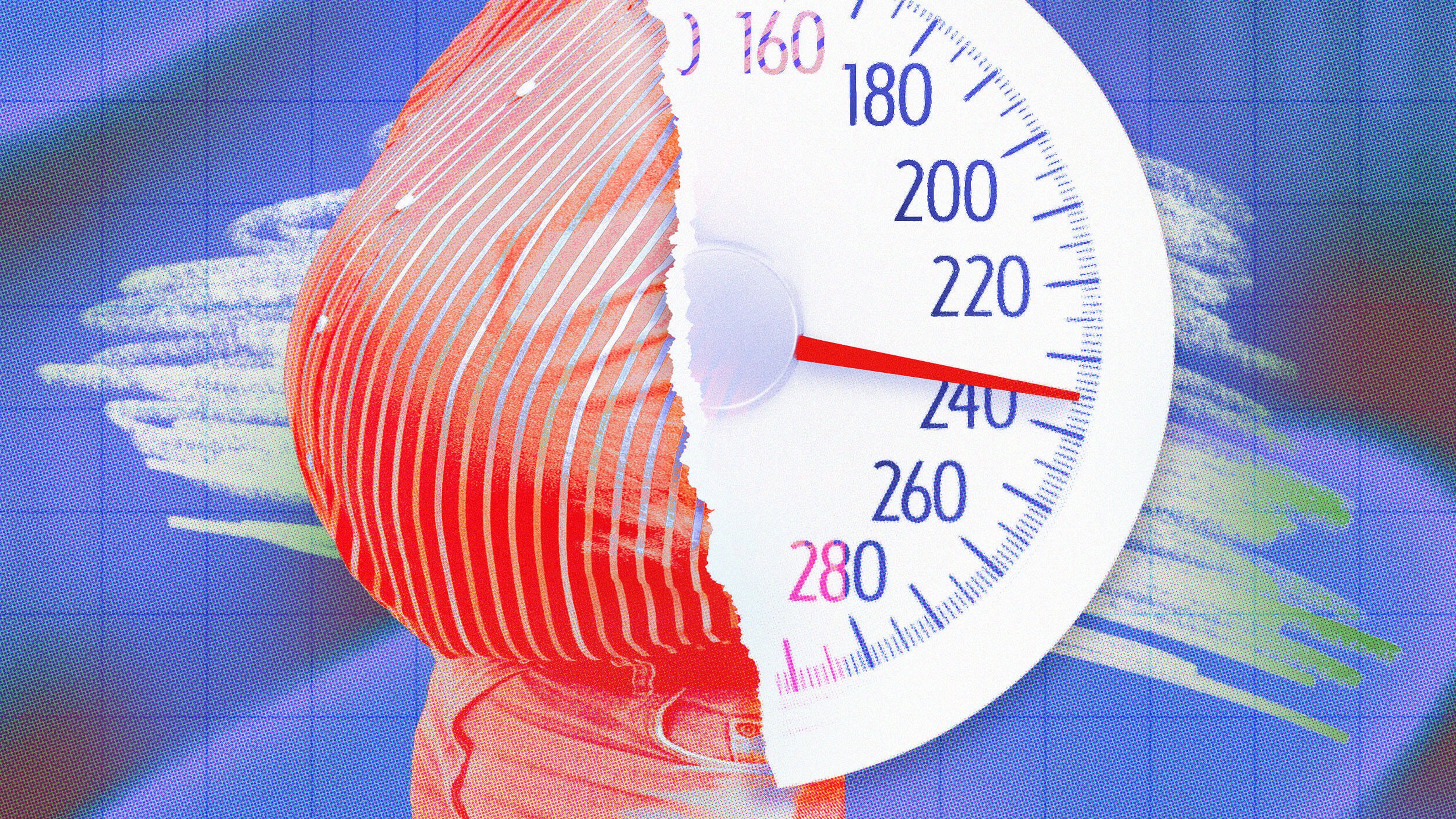Perfumers sometimes aim to recreate the scents of things not typically associated with smell.
Question: How do you recreate the scent of fear or the scent of a virgin?
Christophe Laudamiel: So, the way that you recreate smell of something which is not about smell, here the inspiration is not about sandalwood or patchouli; the inspiration is about an emotion or sensation. So you have to use elements which have a similar smell in those similar situations.
For instance, for I was asked to recreate the smell of "fear." So how do we do that? It’s not an ingredient by definition represents fear. But there are smells associated with uncomfortable, fearful environments. For instance, coldness; and we have ingredients that smell cold. The smell of other things, but for instance, if I say, anise, if I say the sea, if I say mint. You can see how there is the anise or the mint or the ocean breeze effect, but also beside there is also a cold feeling. And so in that fragrance, or in that scent, I will have to hide the herbal aspect of the mint or the anise and I will make sure with other ingredients and I will make sure that only the cold feeling of it remains.
Then the aspect of mustiness. Musty environment like a cave. Something also that smells gassy. That’s also make people doubt or make people fearful. Something quite metallic, with the cold metallic, like a fence, like a gate. Like... so we have ingredients that are metallic, for instance it can be metallic green. You can find this in certain plants or in certain molecules. You have... so you create a fragrance here where it’s not about being pretty, it’s about having all of these elements that are fearful to show in a fragrance and hide inside the fragrance the elements that you don’t want to see. It’s almost the reverse of creating something that you do usually for a nice perfume.
For instance, the smell of the "virgin" here, was to create something very white. So where do you find whiteness? You can find whiteness in some milky elements, in some rice-y element. You want something very soft like you find in a water lily or in an apricot skin without being overtly fully. The fullness you would put on the side, but you want a little velvety, soft effect.
You want... and then there’s something a little bit human, so it’s dosing some notes that our skin emits regularly, some of them aldehydes, that comes from the composition of the skin. It doesn’t mean they smell bad, it’s just naturally... you know how the skin of a baby, the skin of an adult, the skin of an elderly person, they all have a different smell, it’s because that they compose of different ingredients and we can recreate that effect and just a little bit we give the "Je ne sais quoi," the human "Je ne sais quoi" to the piece. And so you recreate all of that with these ingredients.
And the point at the end is not to say that, in the fear, you have anise, patchouli, violet leaf because that has nothing to do with the story of fear. It is just that in patchouli, there is the mustiness that was interesting and then I had to hide it maybe with the coldness with anise, and the anise effect had to be hidden with the metallic effect of violet leaf note. So it’s not about knowing what ingredient is in there, it is knowing about what facet I wanted to recreate. And for fear, for instance, these were the facets. As I say, we also... gassy notes which comes from sulfuric... sulfidy, notes that we have.
So this is how you create this kind of fragrances or scents.
Recorded September 9, 2010
Interviewed by Andrew Dermont





